Led Zeppelin (IV) by Led Zeppelin
Buy Led Zeppelin IV Led Zeppelin‘s fourth studio album, which has no proper title but is commonly referred to as Led Zeppelin IV, may well be the pinnacle of the band’s early sound. […]
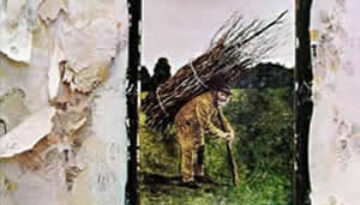
Buy Led Zeppelin IV Led Zeppelin‘s fourth studio album, which has no proper title but is commonly referred to as Led Zeppelin IV, may well be the pinnacle of the band’s early sound. […]
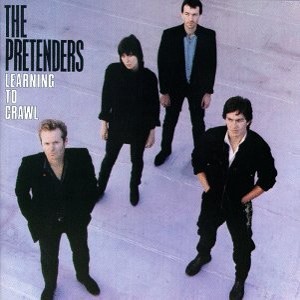
Buy Learning to Crawl Following a very tumultuous period where two band members lost their lives due to drug overdoses, Learning to Crawl, was a bit of an early career comeback album for […]
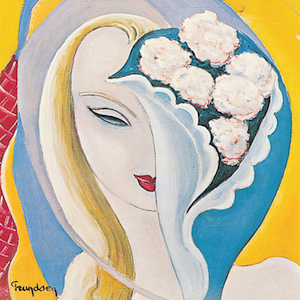
Buy Layla & Other Assorted Love Songs Layla and Other Assorted Love Songs was the sole studio album by super group Derek & the Dominos. A double length LP, the fourteen tracks on […]
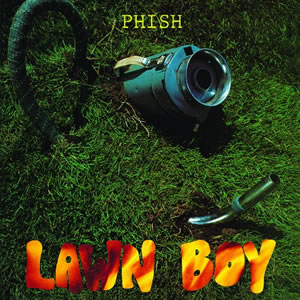
Buy Lawn Boy Continuing to forge their unique fusion rock sound, Phish‘s sophomore effort, Lawn Boy, is chock full of diverse diddys and extended jams. Predating the group’s major label signing, the album […]
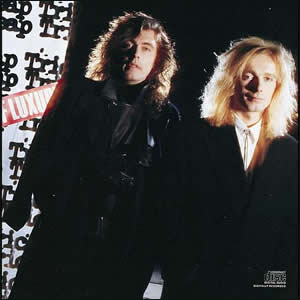
Buy Lap of Luxury Lap of Luxury was, by most definitions, a comeback album for Cheap Trick, although it didn’t quite reach the blockbuster status that the band and their label were attempting […]
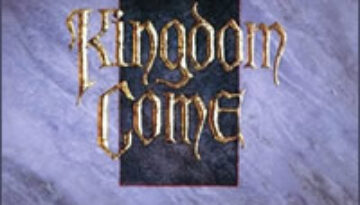
Buy Kingdom Come Kingdom Come released their well-received, self-titled debut album in early 1988. Led by German born front man Lenny Wolf, who co-wrote most of the album’s material with the group’s manager […]
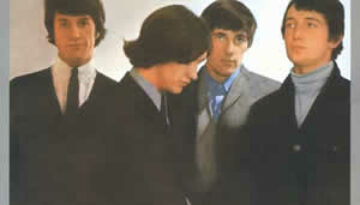
Buy Kinda Kinks The Kinks sophomore effort is often overlooked in their catalog due to the popularity of their recently released debut and the critical acclaim of later albums. But the rapidly recorded […]
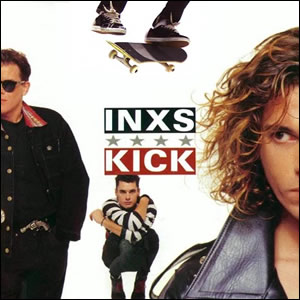
Buy Kick The Australian band INXS reached their absolute commercial peak with the well-crafted pop/rock/dance album Kick in 1997. This was the band’s sixth overall studio album since 1980 and marked a distinct […]
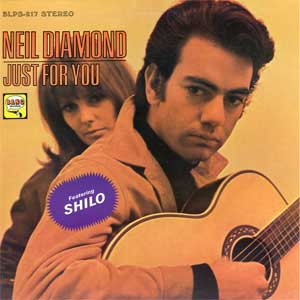
Buy Just For You Neil Diamond broke through in a big way in 1966 and 1967, both as a performer and a respected songwriter (although he had been writing “hit” songs for other […]
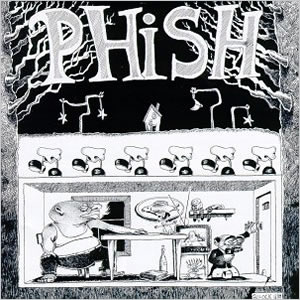
Buy Junta Originally released only on cassette, Junta by Phish, defies almost every convention for debut albums. The album was independently recorded and produced by the Vermont-based group but contains top-notch sound to […]